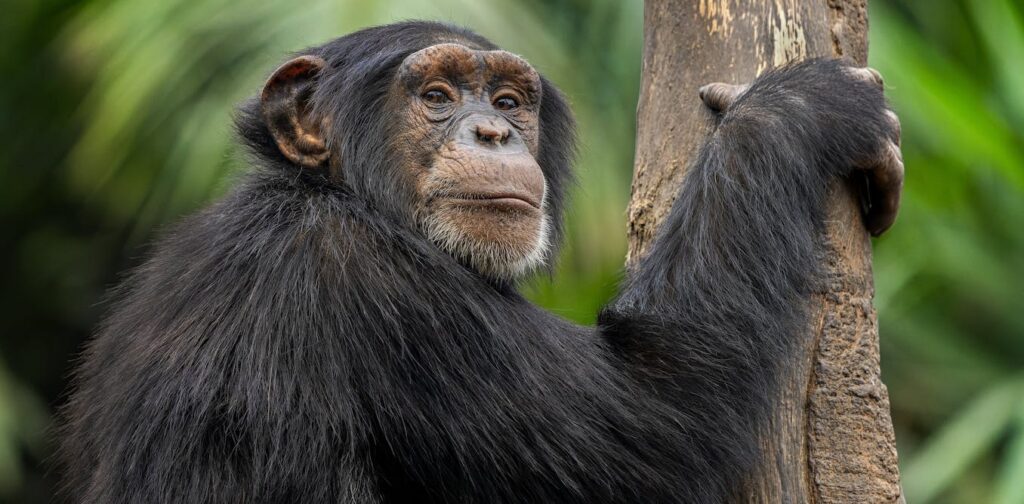
In a groundbreaking study published in Science Advances, evolution researcher Johanna Staerk and her team have delved into one of biology’s most persistent mysteries: why do females often outlive males across many species? This phenomenon is not only observed in humans, where women typically live about five years longer than men globally, but also across a wide array of mammals and birds.
The research, which is the most comprehensive analysis of its kind, examined sex differences in longevity among birds and mammals, revealing that these differences are more pronounced in the wild compared to captive environments like zoos. The findings shed light on the evolutionary factors that contribute to these disparities.
Exploring Longevity in Mammals
Among mammals, the study found that females generally have a longer lifespan than males. By analyzing 528 mammal species in zoos, researchers discovered that 72% exhibited a female life expectancy advantage, with females living on average 12% longer than males. In the wild, where environmental pressures are more intense, this advantage increased to approximately 19%.
The reasons behind this trend are multifaceted. Genetics plays a significant role, as male mammals are the heterogametic sex (possessing XY chromosomes), making them more susceptible to inheriting recessive X-linked mutations. Additionally, high testosterone levels in males can suppress immune function, further impacting longevity.
“In polygynous mammals, such as red deer or lions, males often invest heavily in competition, growing larger bodies and weaponry, which reduces their survival chances,” explains Staerk.
The Avian Exception
Interestingly, the pattern reverses in birds. Staerk’s study of 648 avian species in zoos found that in 68% of cases, males outlived females, with an average 5% male advantage. In the wild, this gap widened to over 25%. The reasons are linked to the fact that female birds are the heterogametic sex (ZW chromosomes), exposing them to greater genetic risks.
Moreover, reproductive costs play a crucial role. Female birds often bear the burden of egg production, incubation, and chick rearing, which demands significant energy and can shorten their lifespans. However, exceptions exist, such as raptors like buzzards and eagles, where females often live longer in the wild, though the reasons remain unclear.
Beyond Mammals and Birds: Insects and Other Species
Sex-based longevity differences extend beyond mammals and birds. Insects, for instance, exhibit vivid contrasts. Many female moths and mayflies live only a few hours or days as adults, exhausting themselves in egg laying, while males persist longer. In contrast, in highly organized colonies, ant and bee queens can live for decades, far outlasting male drones.
Amphibians and reptiles showcase mixed patterns. Male frogs often die younger due to the costs of calling and combat at breeding sites, whereas female frogs sometimes pay higher survival costs through egg production. Fish also display variability, with some species having males that provide sole parental care, leading to shorter male lifespans.
Human Longevity in Context
Throughout history and across cultures, women have consistently outlived men. In 21st-century Japan, for example, female life expectancy exceeds 87 years, compared to 81 for men. Among the Hadza hunter-gatherers in Tanzania, women also live longer than men. Social and medical advances, such as improved maternal care, have further widened this gap in modern populations.
Intriguingly, the human “female advantage” is smaller than in apes, likely due to weaker sexual selection pressures. Female chimpanzees and gorillas live significantly longer than males, often by more than a decade. This is partly because men face fewer risks from mate competition than chimpanzees.
Understanding the Causes
Two main hypotheses attempt to explain these sex-based longevity differences. The first is the heterogametic sex hypothesis, which suggests that the sex with two different sex chromosomes (XY in mammals, ZW in birds) has shorter lives. However, this fails to account for exceptions like long-lived female raptors.
The second hypothesis involves life history and sexual selection trade-offs. Traits that enhance reproductive success often reduce survival. Among mammals, males die younger when they invest heavily in competition, size, or weaponry. Among birds, females pay with their lives for egg production and parental care. Staerk’s study supports this explanation, showing that non-monogamous mammals with significantly larger males exhibit the largest female advantage.
“A longer life does not necessarily translate into a better quality of life,” notes Staerk. “In humans, although women live longer, they often spend more years in poor health compared to men, burdened by chronic conditions such as osteoporosis, dementia, or autoimmune disorders.”
Ultimately, while females often live longer than males across the Tree of Life, this is not due to a universal law. The patterns are the complex product of chromosomes, hormones, competition, care, and chance, making it a fascinating area of study.







